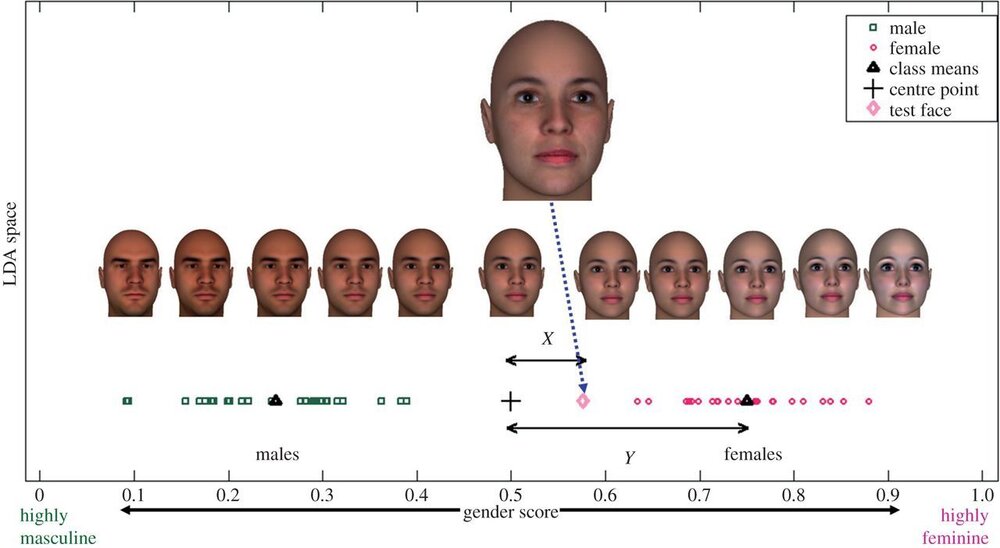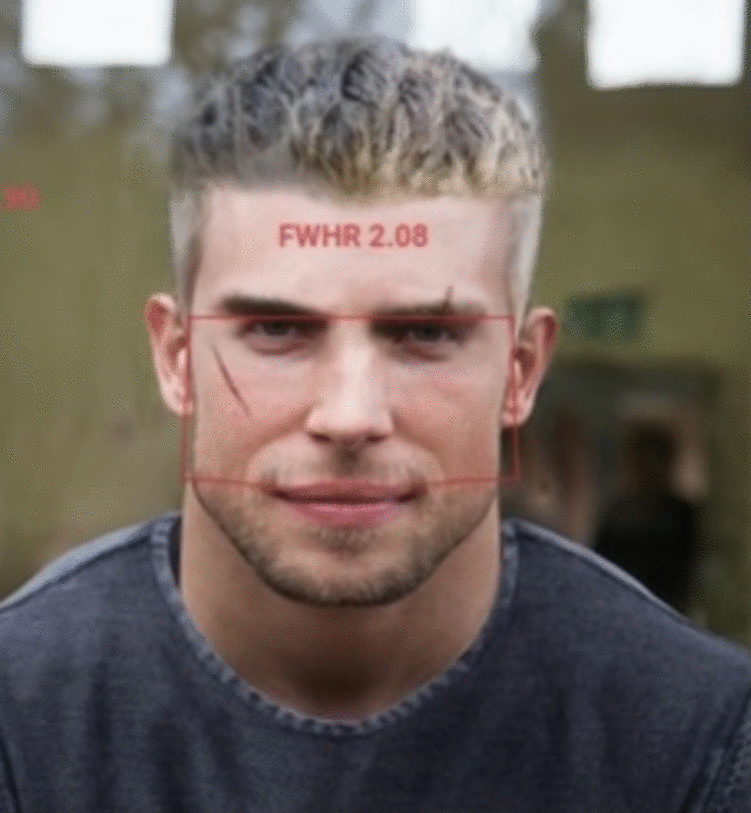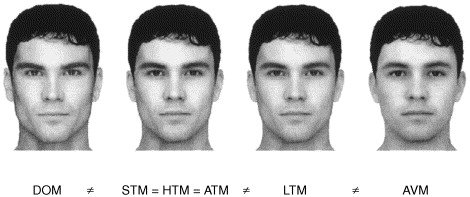Lawyer
- Joined
- Jun 9, 2020
- Posts
- 1,115
- Reputation
- 1,848
Show me where it says that people with high prenatal T have longer noses, I only saw nose width of being mentioned in that study.Source for longer, wider nose resulting from high prenatal T, shorter, narrower from lower:










